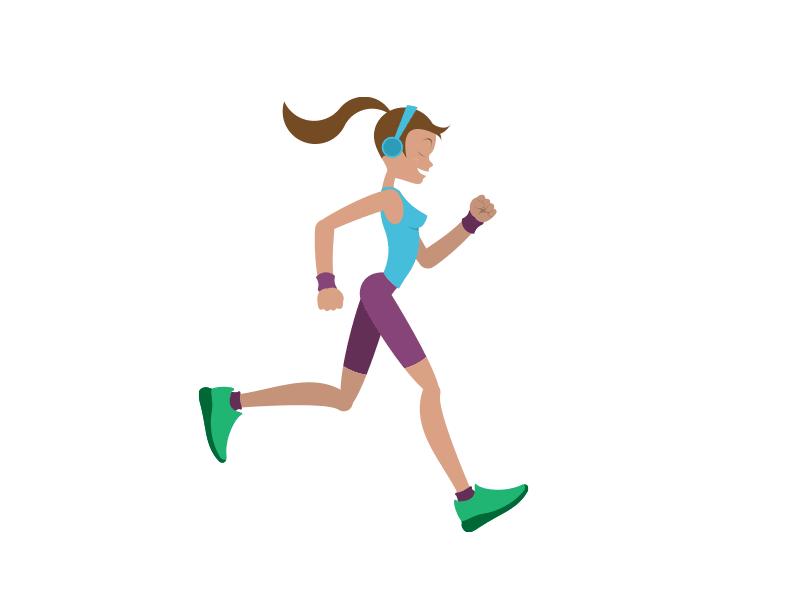Chronic Venous Disease
- Sep 16
- 1 min read
Chronic Venous Disease (CVD)—also known as Chronic Venous Insufficiency (CVI)—is a condition where the veins in your legs don’t work properly, making it difficult for blood to flow back up to your heart. Instead, blood pools in the legs, increasing pressure in the veins and leading to a range of symptoms and complications
🩺 What Causes It?
Damaged vein valves: Normally, valves in your leg veins keep blood moving upward. If they fail, blood flows backward.
Deep vein thrombosis (DVT): A past blood clot can scar the vein and impair flow.
Prolonged standing/sitting: Increases pressure in leg veins.
Obesity, pregnancy, smoking: These raise your risk.
Genetics: Family history plays a role
⚠️ Common Symptoms
Swelling in legs or ankles
Varicose veins
Aching or heaviness in the legs
Brownish skin discoloration near the ankles
Leg ulcers or sores that are slow to heal
Restless legs or cramps
🧠 How It Affects You
Without treatment, CVD can lead to:
Skin breakdown and ulcers
Increased risk of infection
Reduced mobility and quality of life
🛠 Treatment Options
Compression stockings to improve circulation
Leg elevation to reduce swelling
Exercise to boost blood flow
Medications to support healing
Surgical options for severe cases (e.g., vein ablation or bypass)




Comments